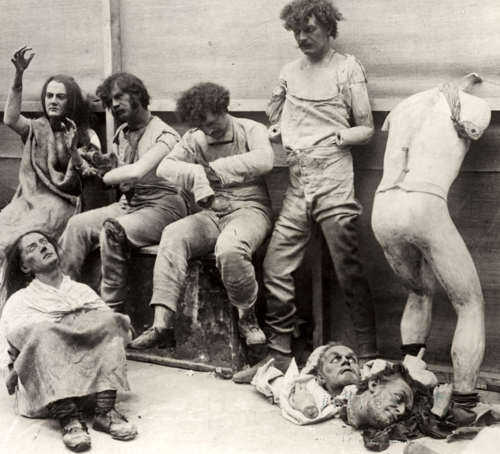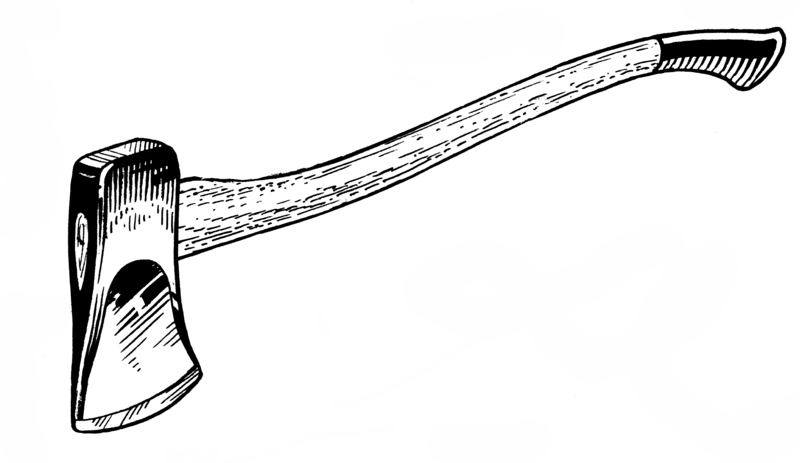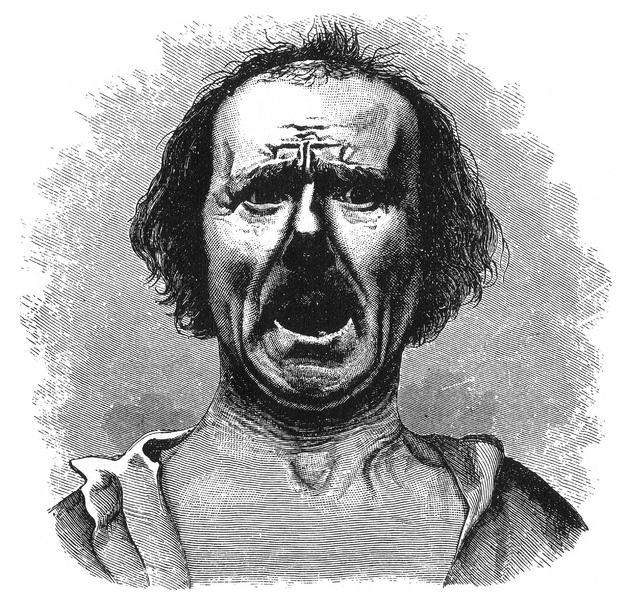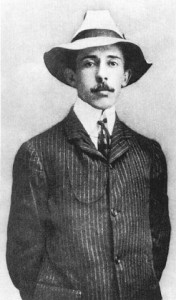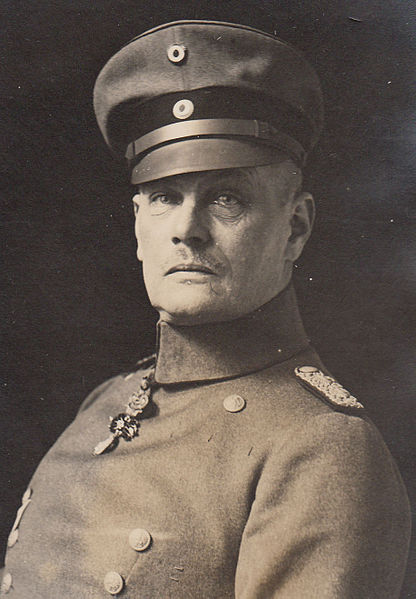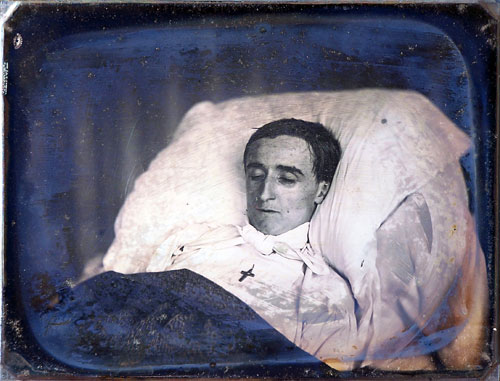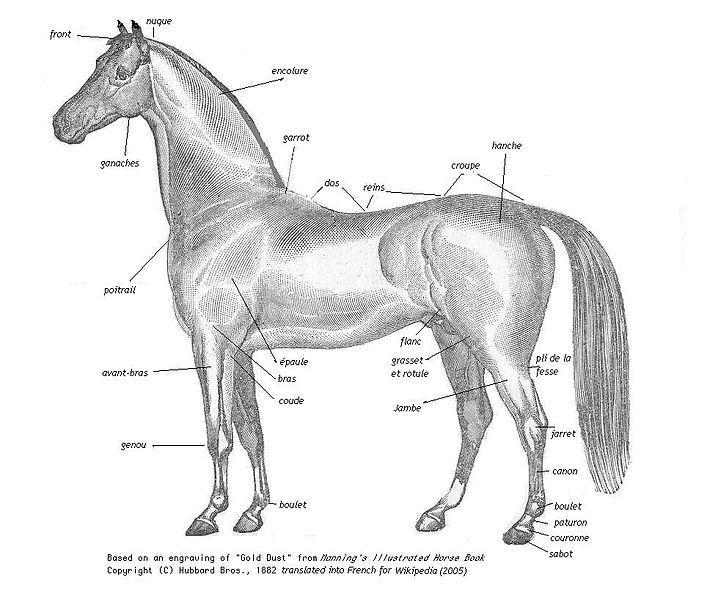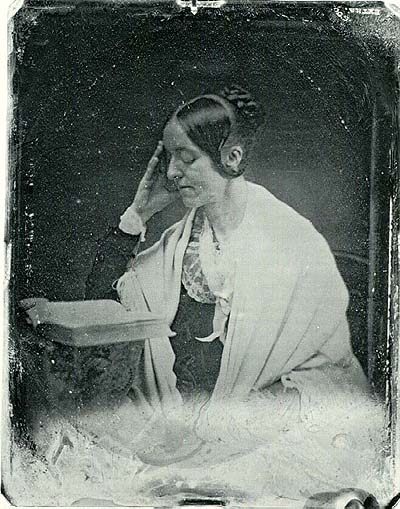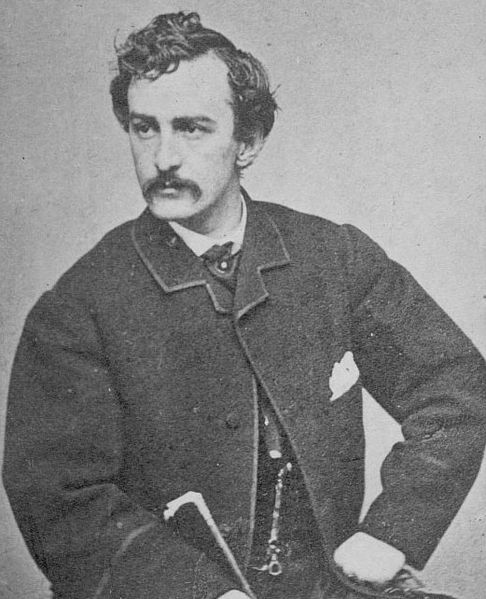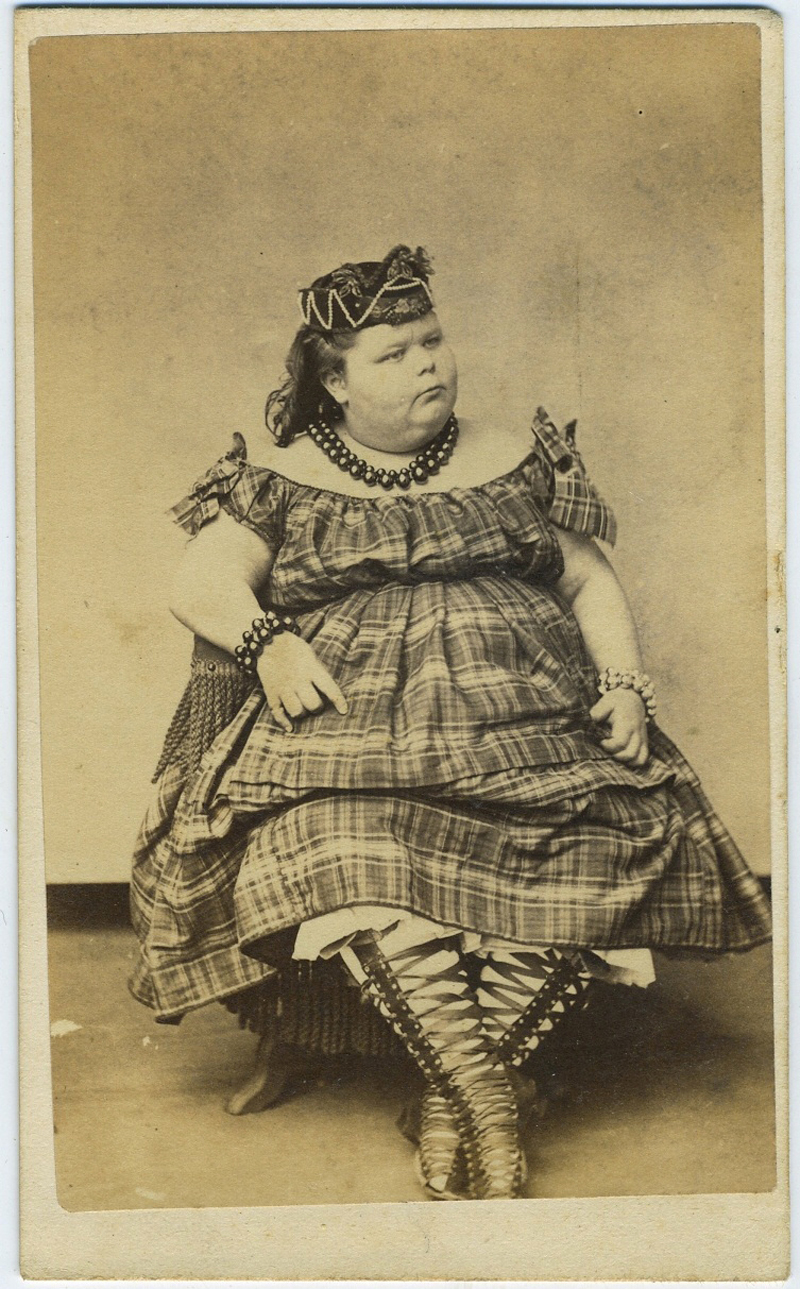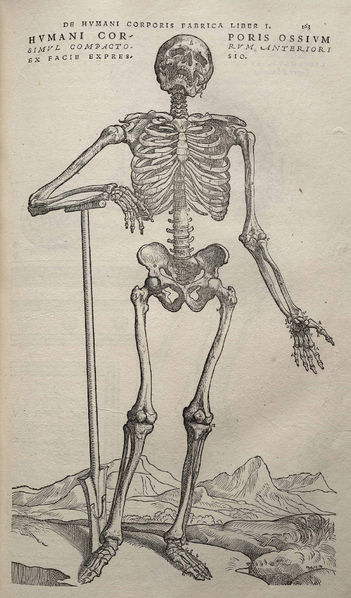
“In school I soon learned to unjoint my head.”
A performer of sorts blessed with extreme double-jointedness was the subject of a profile in the May 11, 1890 Brooklyn Daily Eagle. An excerpt:
“A freak in Barnum’s side show, who is in no sense of the word a fake, is Charles E. Hilliard. He dislocates his joints and replaces them at will to the great astonishment of the many visitors. The most eminent physicians in this and other countries have tried to solve the man’s peculiar gift, but all have failed and it remains as great a puzzle, to himself as well as others, as when he first discovered he could loosen himself, so to speak, without doing any harm or causing any pain. Mr. Hilliard is of medium height, lithe and graceful, and is possessed of his share of manly beauty. An Eagle reporter interviewed this stumbling block to science yesterday and drew from him a life history which is full on incident and novelty.
‘I was born at Martinsburg, W. Va.,’ he began, ‘on August 16, 1857. I grew up to a schooling age the same as any other child. One day–I remember it well–I climbed into an orchard from which little boys were supposed to be excluded, and catching sight of a dog, quickly jumped the fence into the roadway, turning my ankle when I struck the ground. It didn’t hurt any, so I kicked against the fence and snap it back into place again. I went home and scared my parents almost into hysterics by repeating my snap act, and they sent post haste for a doctor. He twisted me and hammered me, and found a lot of new places that could be broken without pain, finally giving up the puzzle with the consoling theory that there was a screw loose somewhere. In school I soon learned to unjoint my head and could write on the blackboard and look squarely at the school at the same time. I always cracked my ankles instead of snapping my fingers to attract the teacher’s attention, and if I found I was being beaten in a foot race I always managed to have a broken leg or twisted foot for ten, or fifteen, minutes as an excuse for having lost. When a bucket of coal was needed my wrist was always dislocated; during harvest time a dislocated knee came in very handy. I couldn’t carry water with a dislocated shoulder nor weed a garden with three broken fingers on each hand, so I managed to have things pretty easy during my childhood. As I grew older I found there were few joints in my body that I could not dislocate and it gradually got to worrying me. I consulted one doctor after another and one word, enigma, gives the result of all their investigations.
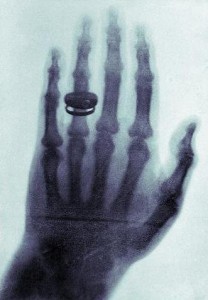
“He is married, well educated and a very pleasing conversationalist.”
‘I now began to get used to being an exhibition through having so many doctors experimenting with me and resolved to accept one of the many offers that kept pouring in upon me to visit medical colleges, throughout this country and England, and after exhibiting for a time before surgeons and students at home, I took an engagement in the Royal College, in London, where they kept me for seven years and yet could tell no more when I left than when I entered. College work pays me the best, I get $150 a week at a college, but I have worked for $75 in a museum just because I wanted a change so much.
‘By the way I suppose you read in the newspapers a few years ago how I sold my bones. I had received various offers from half a dozen cranks scattered over the country from $1,000 to $4,000 for my body after death, but I paid no attention to them. Finally, one day while I was exhibiting at the Bellevue Hospital, Philadelphia, Dr. Doremus came up to me with a pleasant smile and the equally pleasant greeting of, ‘Well, Hilliard, how much for your bones to-day?’ ‘They’re $6,000 to-day,’ said I, laughing. ‘It’s a go,’ he answered, and the next day he sent me a check for that amount, and I signed a contract giving him my skeleton after death, but reserving the right to use it myself until death occurs.’
Mr. Hilliard has never known what it was to be ill, and is in perfect physical condition. He is married, well educated and a very pleasing conversationalist.”

